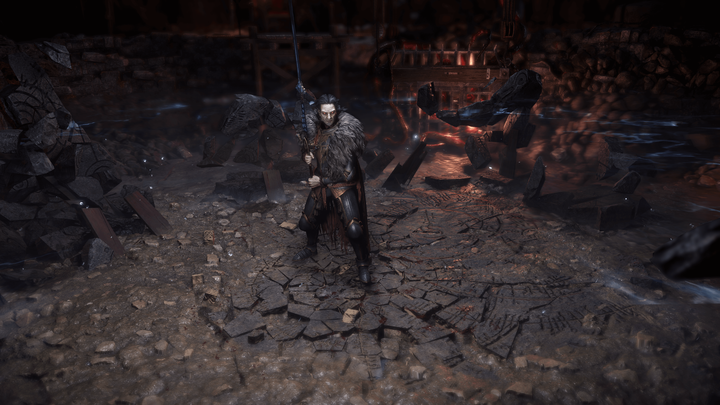الفئات
العلامات
الأرشيف
Mastering the Economy: Trade and Currency in poe 2
-
Path of Exile 2 maintains the franchise’s complex and player-driven economy, which has become one of its most defining and intriguing features. While many ARPGs rely on traditional gold or coin systems, PoE2 stays true to its predecessor by centering its economy around a barter system using a variety of functional currencies. This approach not only adds depth to the trading experience but also encourages a different mindset when it comes to resource management and progression.
Unlike games where money is simply used to buy items from NPCs or players, every currency item in PoE2 has a specific in-game use. Whether it's an Orb of Alteration, Chaos Orb, or Exalted Orb, these items are not only tradeable but also essential crafting tools. This creates a unique economic balance, where the value of an item is determined not just by rarity or demand, but also by utility. Players must constantly decide whether to use a currency item for their gear or save it for trading.
With PoE2 introducing new crafting systems and modifying older mechanics, the role of currency in crafting becomes even more prominent. For instance, the introduction of meta-crafting tools and improved bench crafting means players will likely find even greater demand for specific currency types. This will naturally shift market trends, encouraging players to become more aware of pricing dynamics and trade strategies.

One of the key tools for engaging with the economy is the in-game trade system. While not an auction house in the traditional sense, PoE2 will likely continue the use of a trade API and listings, allowing players to search for items and negotiate prices directly with sellers. This form of manual trading adds a layer of human interaction and negotiation not seen in most other modern games, fostering a unique culture within the community.
The game also encourages economic participation through league-specific strategies. Each league introduces mechanics that can influence the value of items. For example, if a league mechanic drops a unique resource or fragment type in abundance, players will adjust their farming routes or builds to capitalize on these drops, thus fueling trade demand and shaping a dynamic marketplace.
In addition, PoE2 is expected to offer better onboarding for new players looking to understand the economy. The original game had a steep learning curve regarding pricing and trade etiquette, but the sequel aims to make early trading more intuitive without sacrificing depth. This is crucial for retaining newer players and helping them feel connected to the larger player-driven economy.
Understanding and mastering the economy in Path of Exile 2 isn’t just about accumulating wealth—it’s about knowing when to trade, when to craft, and how to use resources most effectively. For many, it’s this economic sandbox that turns poe 2 currency from just another loot-hunting ARPG into a long-term strategic experience where every decision carries weight.